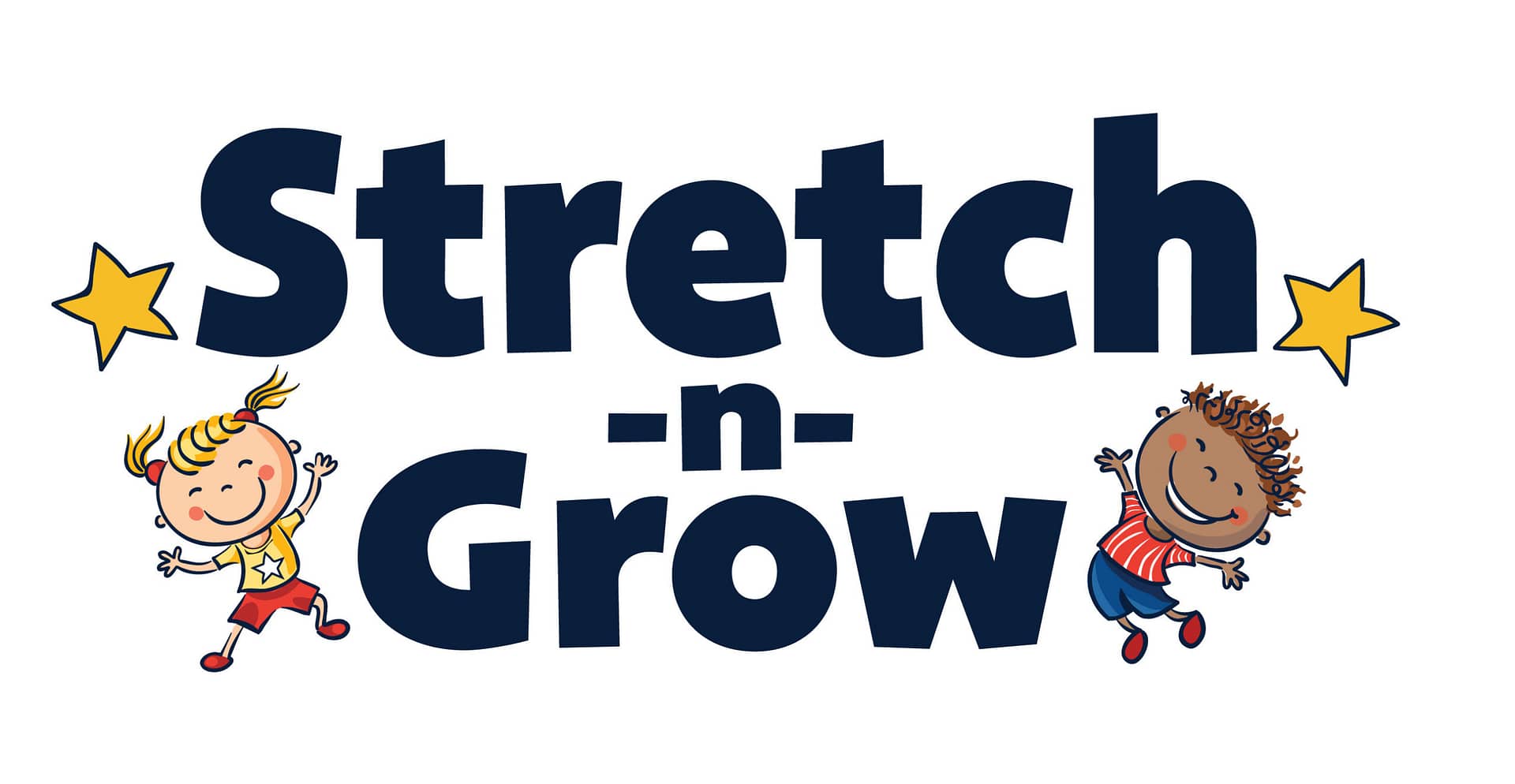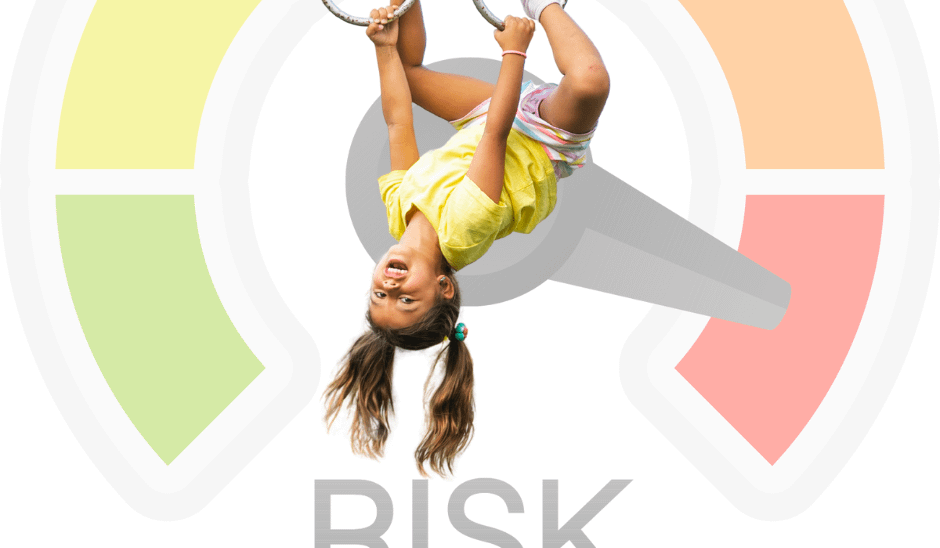So what is risky play anyway?
Usually found outdoors, risky play happens when children are allowed the time and space to explore and experience variables. These variables include height, speed, and use of tools. Risky play also includes exploration of rough and tumble play, incorporation of elements such as water, and concepts like getting lost. The key to successful risky play is that all of these things are tested on the child’s own terms.
Kids need to figure out their world and one of the ways they do this is to experiment with pushing boundaries and by figuring out what makes them feel comfortable or uncomfortable. As children grow and learn they are developing a relationship with the world around them and also with their bodies. By allowing children opportunities to explore risky play while in a relatively safe setting, we are providing building blocks for fundamental learning. Children are enthusiastic learners and want to investigate and explore, question and experiment with everything around them. They are their own best teachers and risky play opportunities provide children with incredible learning experiences.
An example of “safe” risky play might be giving children space to explore as they learn to climb the sturdy apple tree that is within the childcare play yard. You will observe that children tend not to go any higher than what makes them comfortable and that each time they can climb a little higher or conquer another branch, their confidence soars like an eagle! They might even take that newfound confidence and use their new skills to teach others how to master the apple tree!
The language we use
The language we use and the way we speak to children is so important. They hear everything we say and everything we don’t say. Be sure to use language that empowers the child’s belief that you trust in their ability to do the thing that they are doing. Supportive language gives children encouragement to climb a little higher try a little harder and enhances their overall experience. Instead of saying “be careful” try checking in with the child instead and ask them “are you feeling safe there?” Another way to encourage children to trust themselves might wonder out loud where they might put their feet or hands from there?
Sometimes our own personal fears can get in the way of a kid’s great opportunity to check out or do something really cool. Are you afraid of heights? Then watching a child climbing up a tall structure or tree might have you on the edge of your seat. If watching a child ascend to some high height that makes you squirm then you might have a personal safety bias.
Our own feelings about things can make us say and act in certain ways and because of this, it is important to try to put our own fears and concerns on the back burner and instead focus on what is really happening. Forget about your own personal bias, what is the child’s experience?
So how do we get comfortable with risky play?
Mariana Brussoni, a professor at the University of British Columbia and BC Children’s Hospital says that one way to try to get past your own personal fears is to practice the 17-second rule. The idea behind the 17-second rule is to take a full 17-second pause before acting or speaking, take a step back and then check-in to see how the child is really doing. By observing how a child is actually reacting to a situation, we can begin to see what the child’s abilities really are.
Another way is to take a look at the benefits of the risky play as opposed to what “might” happen. Remember that accidents happen no matter how careful you might be and remember to use common sense. Recognize that we can’t make everything safe and nor should we be. The world is not necessarily a safe place and we are not doing children any favors by wrapping them up in bubble wrap and keeping them inside the house. By exposing them to opportunities that test their own limits we are helping them learn about the world and their position within it.
The benefits of exploring risky play
In early childhood are endless. Children learn problem-solving skills, learn to manage risks big and small, and build up personal resiliency. When children explore challenging, risky play, they get to learn about who they are and figure out their limits. Risky play encourages a child to be brave. By pushing the boundaries children build up their confidence and self-esteem and begin to understand risk-taking. There are added benefits of physical fitness and increased opportunities for social interactions.
When promoting risky play always be sure to trust the child. They are their best teacher! The child is the best judge of what they are capable of and whatever your feelings might be on the subject, risky play is all about the child in that moment. As an observer, constantly assess the situation and look for any risks. Ask lots of questions! Give the child room to problem solve and don’t always jump right in to help. Give the child some space to try and figure it out on their own because there is the learning.
Some other ways to promote risky play include:
- Play with heights, such as climbing trees or structures.
- Play at high speeds, such as a fast game of tag or riding a bike really fast.
- Play with tools, such as building a fort or whittling a stick.
- Play near elements, such as playing near water, a cliff or something that a child could fall into.
- Play with a chance of getting lost, such as wandering the neighborhood with friends unsupervised, or simply hiding in the bushes for younger kids.
- Rough-and-tumble play, such as play fighting.





